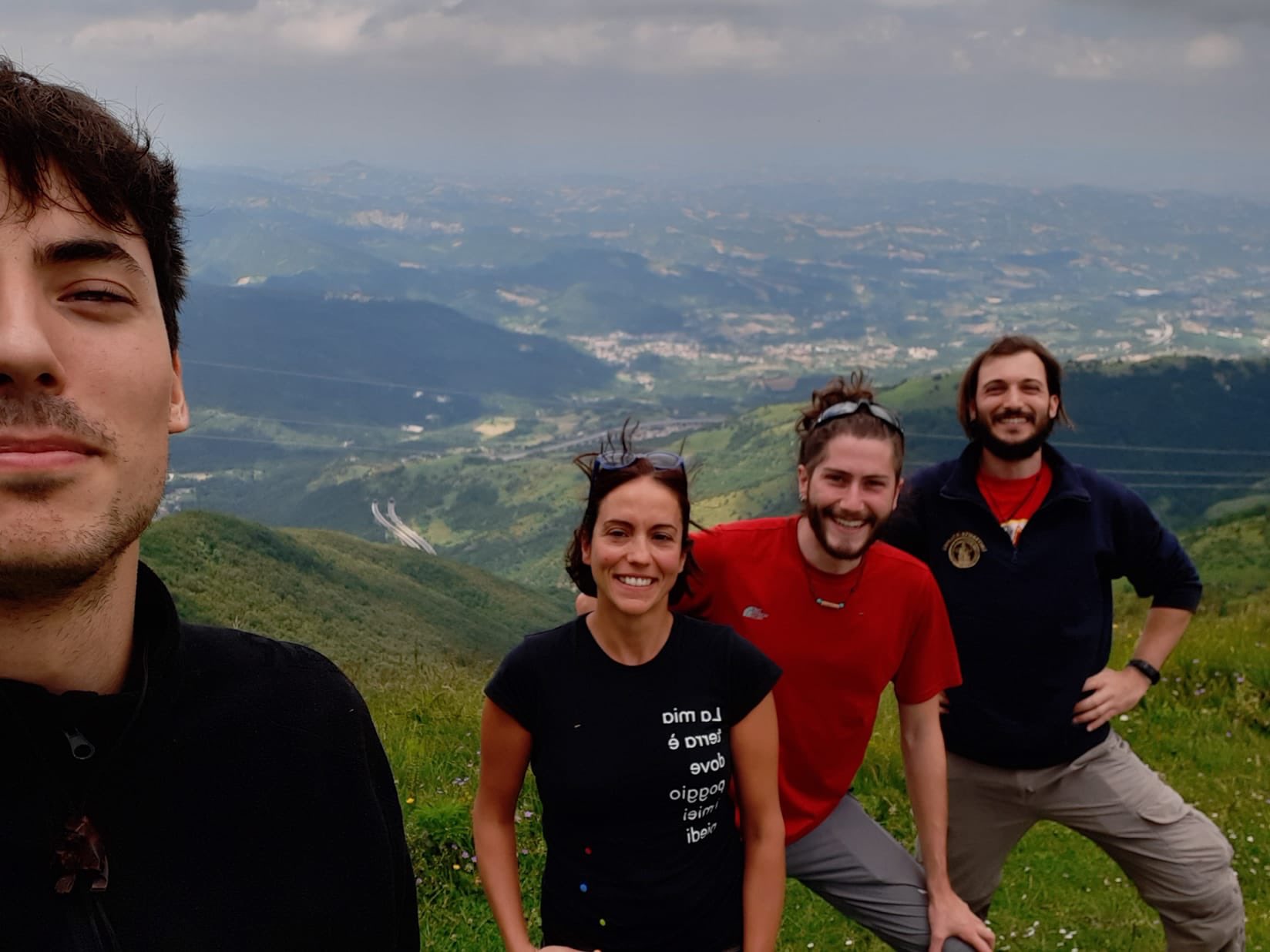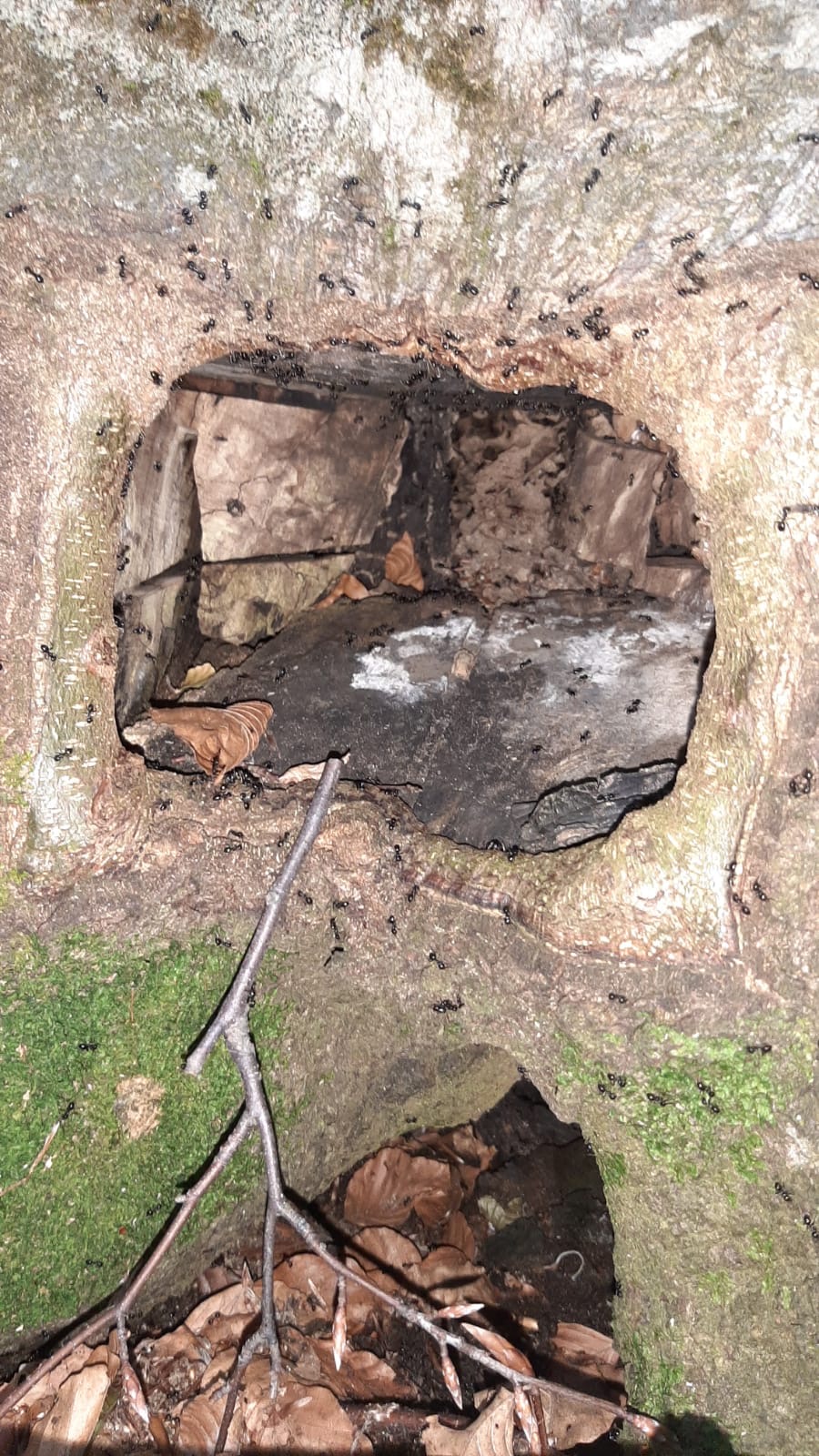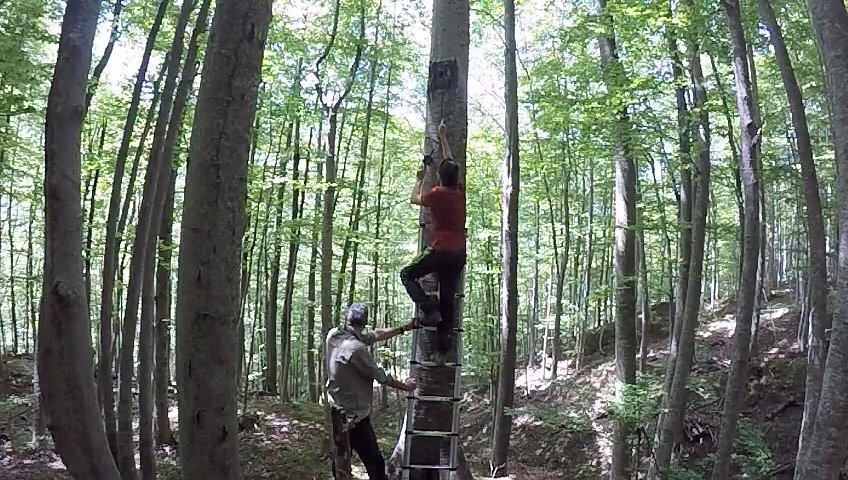Right between spring and summer 2020, still facing the limitations of COVID-19 pandemic, I was up with an activity I planned for a long time.
Back in 2011, almost 10 years ago, with some colleagues I wrote a LIFE project (LIFE+ FAGUS) proposal to enhance the multi-taxon biodiversity of Apennine beech forest habitats. The project was funded and carried out not without difficulties in two mountain areas of the Apennines included in two of the biggest Italian National Parks: Cilento, Vallo di Diano and Alburni National Park and Gran Sasso and Monti della Laga National Park. The first one is totally included in the province of Salerno, south of Naples; the second one is located in Abruzzo, and includes the highest peak of the peninsula, the Corno Grande of the Gran Sasso (2912 m a.sl.) that in English would oddly sounds like “the big horn of the big stone”.
The silvicultural interventions designed during the project aimed at achieving a heterogeneous forest structure, uneven-aged stands including tree species other than beech in the canopy, deadwood and habitat trees to benefit vascular plants, epiphytic lichens, birds, beetles, and fungi.
Seven years after the interventions we were able to go back to the intervention areas in the Gran Sasso and Monti della Laga National Park for a multi-taxon monitoring, with the support of three bold students, eager to learn as much as possible during the fieldwork.
We resampled the understorey vegetation, looked into habitat trees, searched for key saproxylic beetles, and sampled understorey vegetation to assess the effectiveness of the project actions.
Sampling is not finished yet, still several vegetation plots are to be sampled and some saproxylic beetle species will wait even warmer days to fly out of deadwood. We are strictly following the protocols defined and tested by a specific LIFE project aimed at producing effective and standardised monitoring protocols for saproxylic beetles (LIFE+ MIPP).
Our first impressions of a highly heterogeneous understorey in the intervention areas, a diffuse presence of the species Morimus asper.
We also found a fair usefulness of microhabitats at the tree base, especially for invertebrates. We found ant nests (Lasius fuliginosus) and beetles of the genus Nicrophorus, interesting for their habits of laying eggs in carcasses, with both parents nursing and feeding their larvae.
Nevertheless, the inspection of nest cavities revealed no use by bird species (except for Wren – Family Troglodytidae) but rather by dormice (Glis glis).
So coming back to our title recalling one of the best Sonic Youth albums “Experimental Jet Set, Trash and No Star”, experimental conservation actions are definitely jet set in a European Union that looks more and more into bioeconomy and forest biomass for energy supply, our “trash” deadwood and cavity trees keeps giving us great satisfaction instead, attracting species of conservation concern; but our “star” the bird species collared flycatcher (Ficedula albicollis) did not appreciate our effort, although we were able to listen to its singing in some of the areas that we resampled this year.
Text by Sabina Burrascano, photos by Sabina Burrascano, Lorenzo Balducci and Giulio Ferrante.





